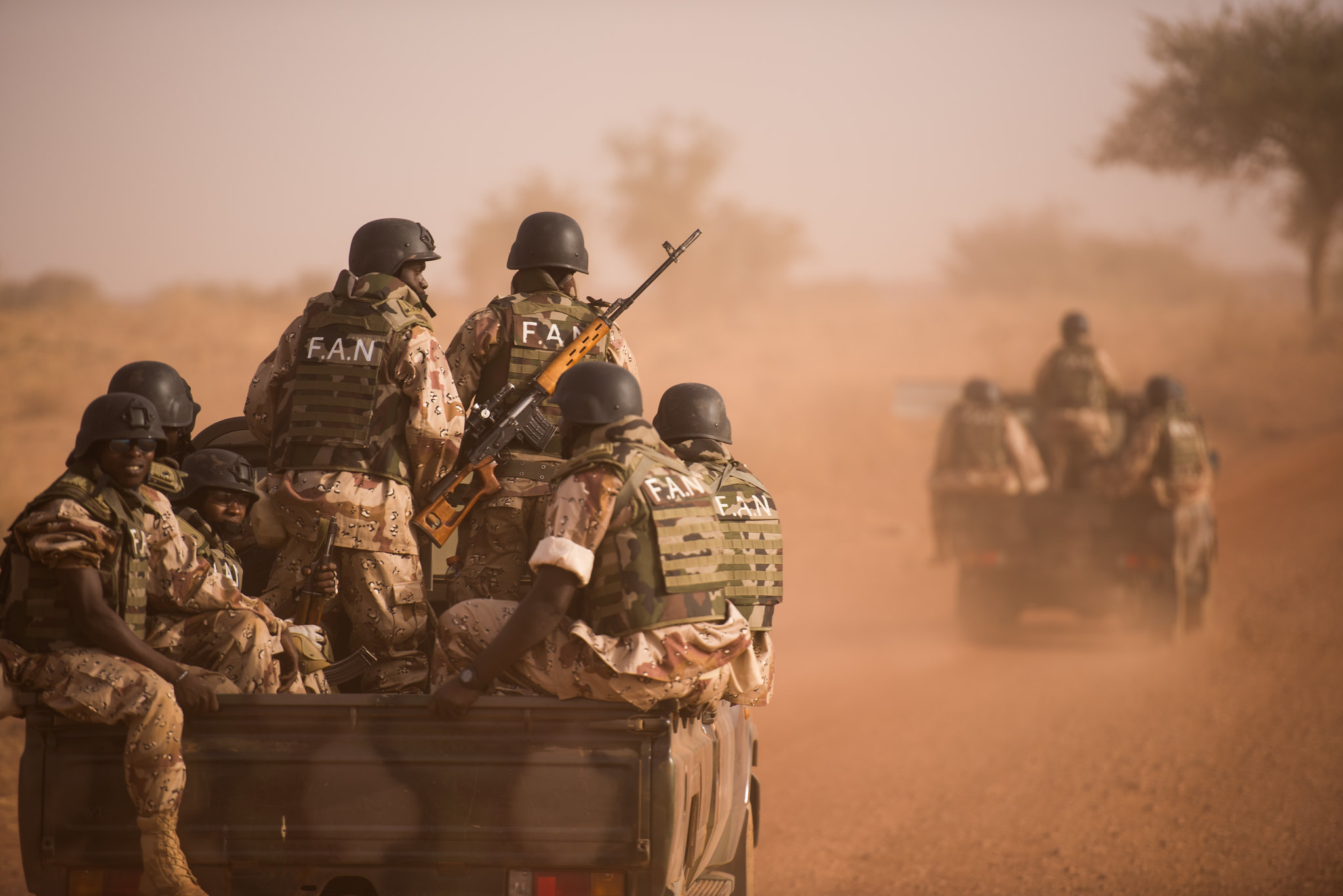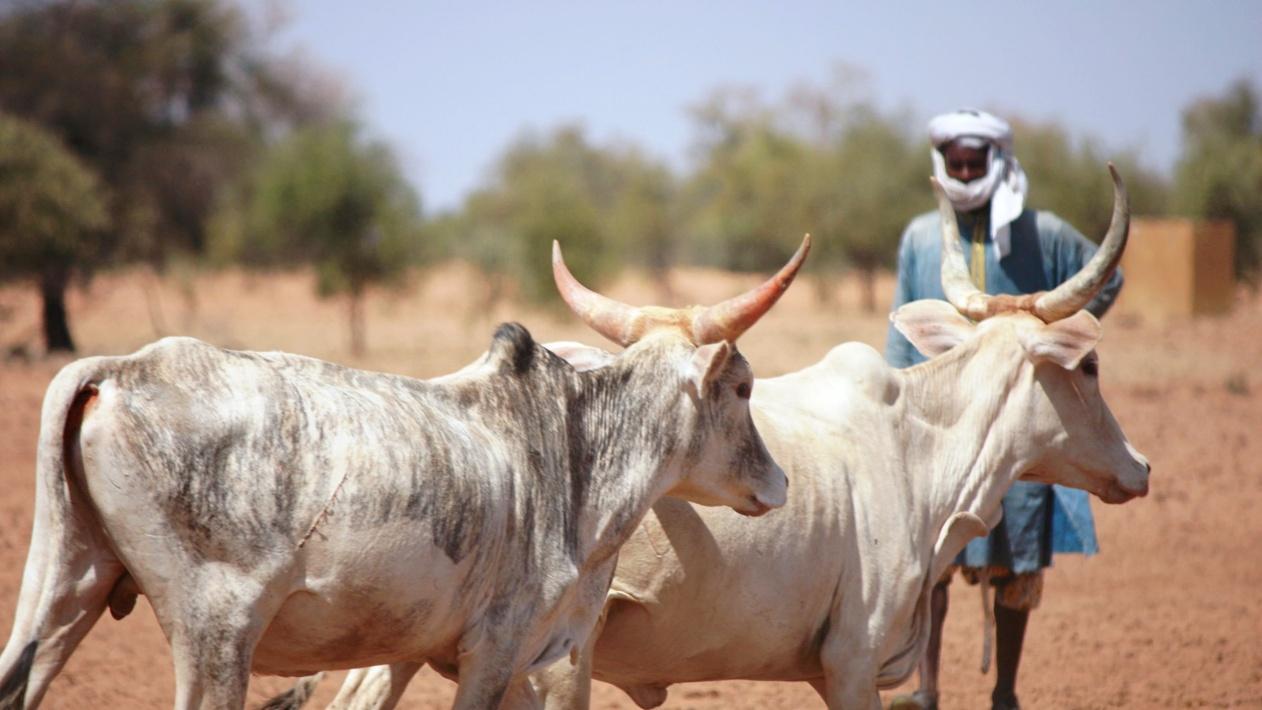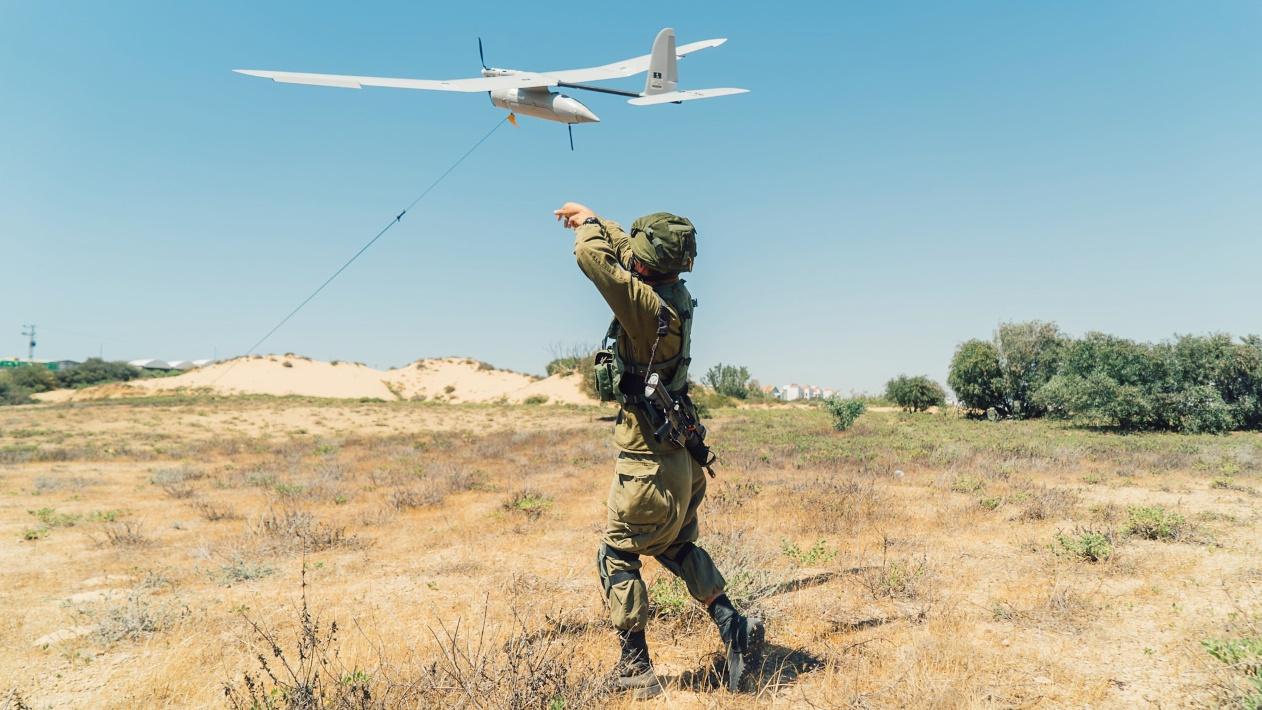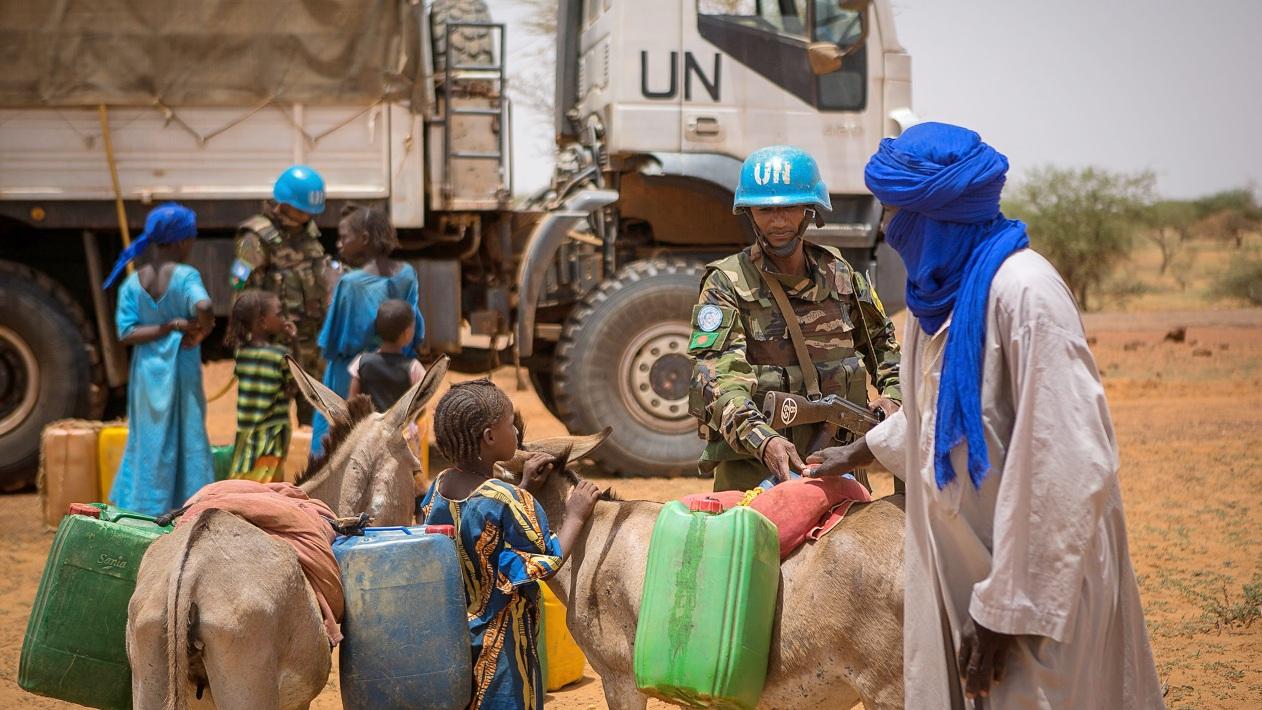The violence and destruction in the Sahel region in recent years are difficult to understand using existing academic frameworks. Ezenwa Olumba argues it is time to pursue another approach.
The Sahel has experienced prolonged and violent struggles in recent years, with the situation becoming even worse recently due to the escalation in killings and destructions attributed to ISIS-affiliated Islamic militants. Since 2021, the region has experienced a 36 per cent increase in violence, which made it the most conflict-affected region in Africa last year. The UN Secretary-General Antonio Guterres has announced that over 18.6 million people in the Sahel are facing severe food shortages, with Burkina Faso, Niger, and Nigeria being the most affected countries.
On 6 February 2016, Islamic militants brutally murdered 16 Nigerian pilgrims who were on a bus in Burkina-Faso heading to Senegal; these same militant groups, tied to al-Qaida and the Islamic State, have been fighting against government forces in Burkina Faso, Mali, and Niger for some time.
Togo, Benin, and the Ivory Coast have not been spared the violence perpetrated by numerous Islamic militants, and these groups have recently taken the fight to the Benin Republic while Ghana is bracing for a fight. Last year alone, two coups in Burkina Faso were linked to the soldiers’ frustrations concerning how the different regimes handled the conflict with the Jihadists.
It is not only Islamic militants linked to ISIS that have been accused of fuelling the violence. The Wagner Group, a Russian mercenary company, has been accused by the United States of raising the risk of violent extremism in the Sahel region. Yet despite that, in 2021, the military government in Mali hired the group to help them in their fight against terrorism.
On top of this, in the tri-border zone between Benin, Burkina Faso and Niger disputes between nomadic Fulani cattle herders and local farmers stem from competition over access to land and water resources.
All these violent conflicts have led to the displacement of millions of people, the death of thousands, and reduced trade and travel within the region. Understanding these conflicts at times is daunting, and researchers lack theories and frameworks that could support the analysis of many of these transnational conflicts involving people with transnational ethnic ties. Researchers who study the Sahel are hampered by the challenge of using existing theories and frameworks that cannot capture some of the unique peculiarities of the Sahel region.
Homer-Dixon
A recently published framework termed the Homer-Dixon Model may be of help. The Homer-Dixon model came about due to a need for a suitable framework to explain the contextual realities in the Sahel region, most especially the eco-violence between the Fulani herders and the sedentary farmers across the region and beyond. The framework addresses the challenges of migration and insecurity and how these concerns relate to culture and politics.
According to the Homer-Dixon model, environmental scarcity and particular changes in socio-political activities can lead to political instability and the emergence of regimes or governments that do not care about their people. This change influences how opportunities are shared, which may result in specific groups having more opportunities to engage in certain activities while others are restricted.
The model’s strength is its ability to analyse the impacts of political factors and the aftermath of resource scarcity and migration on the ongoing violence across the Sahel.
‘ … Homer-Dixon model, [which] states that environmental scarcity and changes in socio-political processes result in political instability and the emergence of regimes via elite alliances and elections, thereby altering the opportunity structures available in a system, including which contending group receives opportunities or is constrained’
In the Sahel and beyond
This model is ideal for exploring the underlying issues that directly or indirectly drive many conflicts in the Sahel, such as harsh weather conditions, ethnic conflicts, and collective violence which can be exacerbated by changes in political opportunities created by state failure or ethnic/religious alliances.
By evaluating the key drivers of this Islamic insurgency holistically through the model’s analytical tools, we can gain a deeper understanding of these violent conflicts and develop practical policy solutions to address them.
The Homer-Dixon model could be used to study and analyse land and water conflict among pastoralists and farmers in Tanzania, Kenya, and other areas such as South Asia. Understanding a problem is the first step to solving it. We must change how we study and analyse these conflicts to propose more nuanced policy actions that are practicable.
Photo credit: willemstom used with permission CC BY-NC-ND 2.0





